Our cruise ship canceled the stop in Istanbul, and many ships also cancelled trips to Ephesus, but ours left it on the itinerary, for which we were very grateful. But at the same time we were a bit nervous, particularly because we had booked our own excursion with a van full of 7 people, to not only Ephesus but also two other sites further inland: Didymus (a massive ancient temple site) and Miletus (mentioned in the New Testament). It was a spectacular day, although very hot, almost 100 degrees despite being early September.
Ephesus is the most impressive Roman-era archeology site in the world, and our guide was fantastic at explaining its fascinating features. We could easily have spent several days here. It truly does give new meaning to the Roman world of the New Testament.
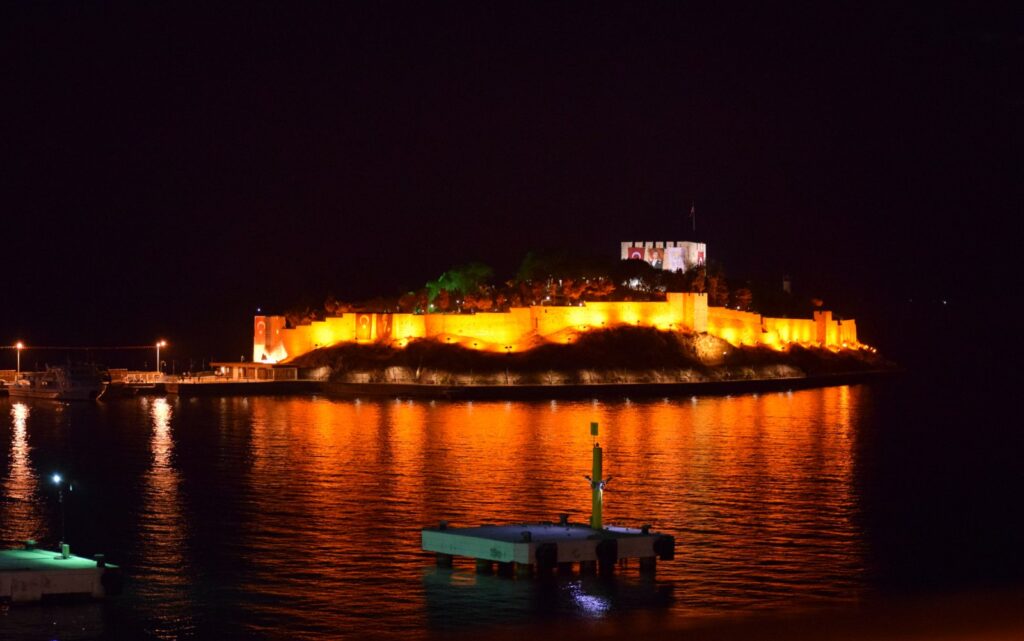
The military fortifications add an ominous mood to the harbor where we docked. 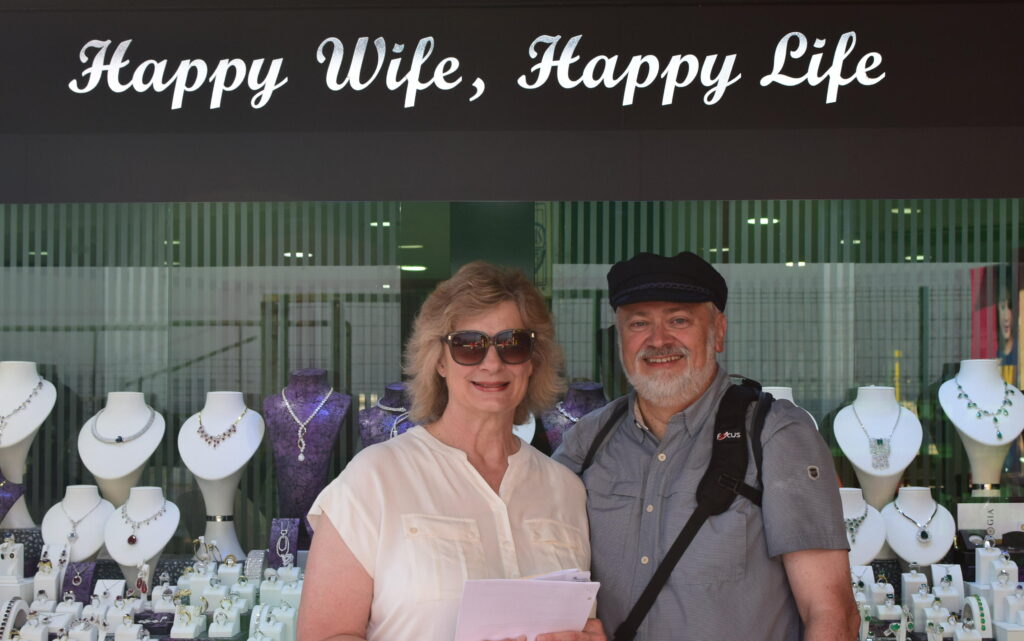
Found this good advice at the front of a jewelry store on our arrival. 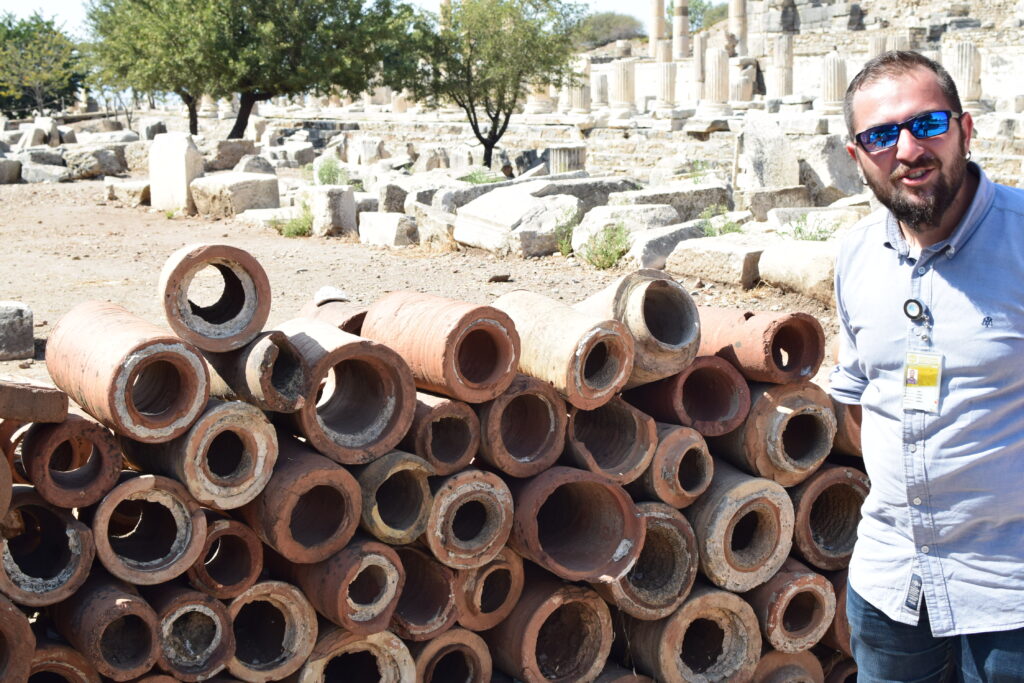
What are these? Underground plumbing from the first century, as explained by our tour guide. 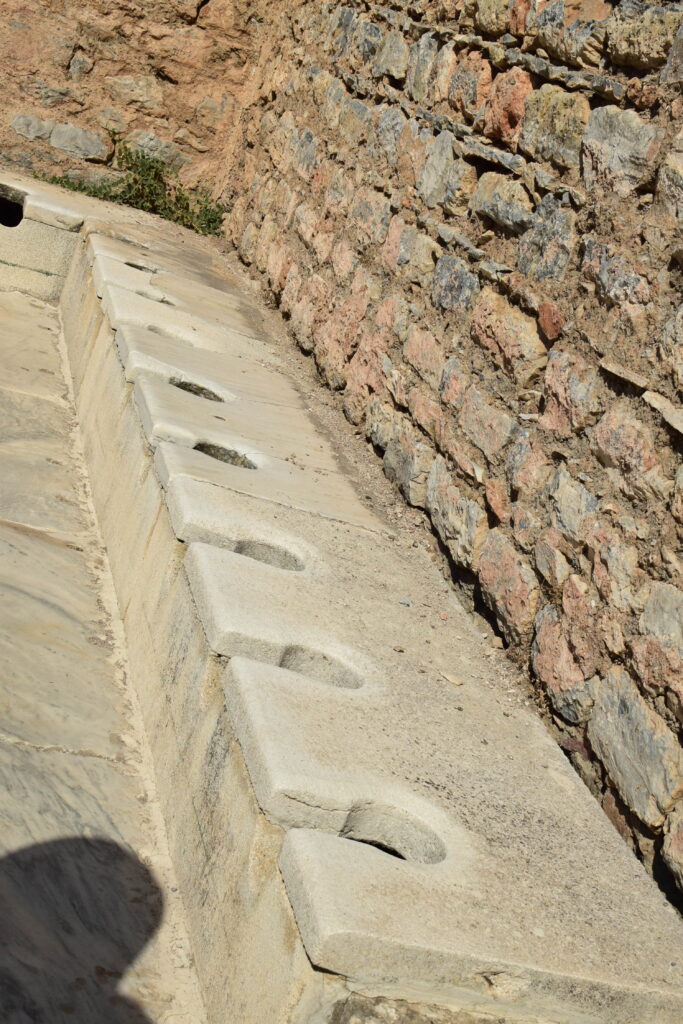
And here are the public toilets that used this underground plumbing. Remember, first century A.D. 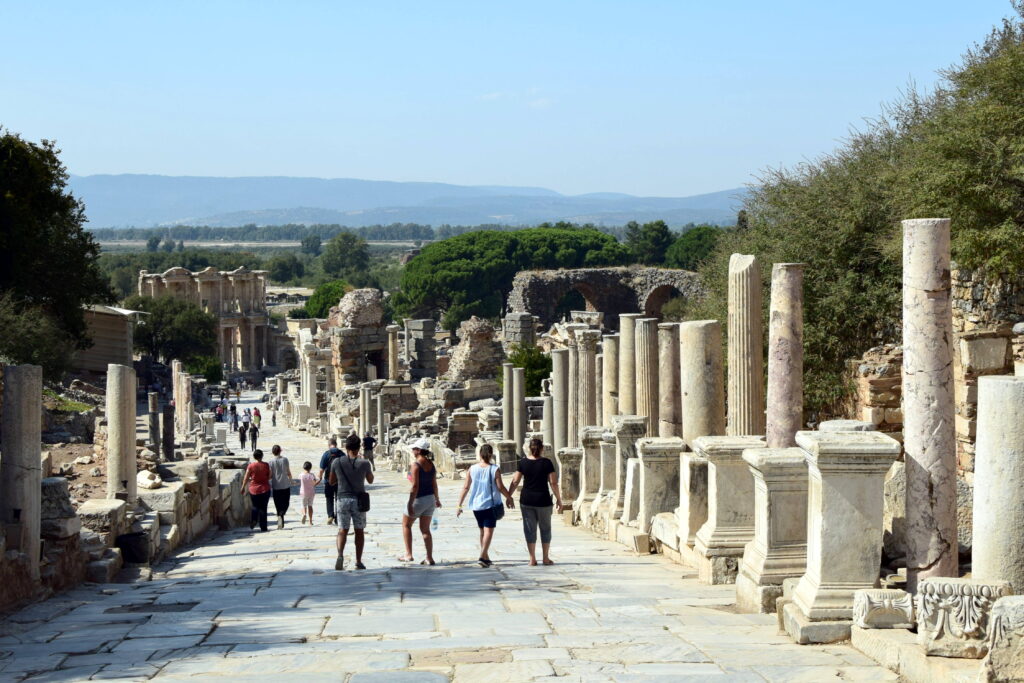
A small portion of the vast Ephesus site. 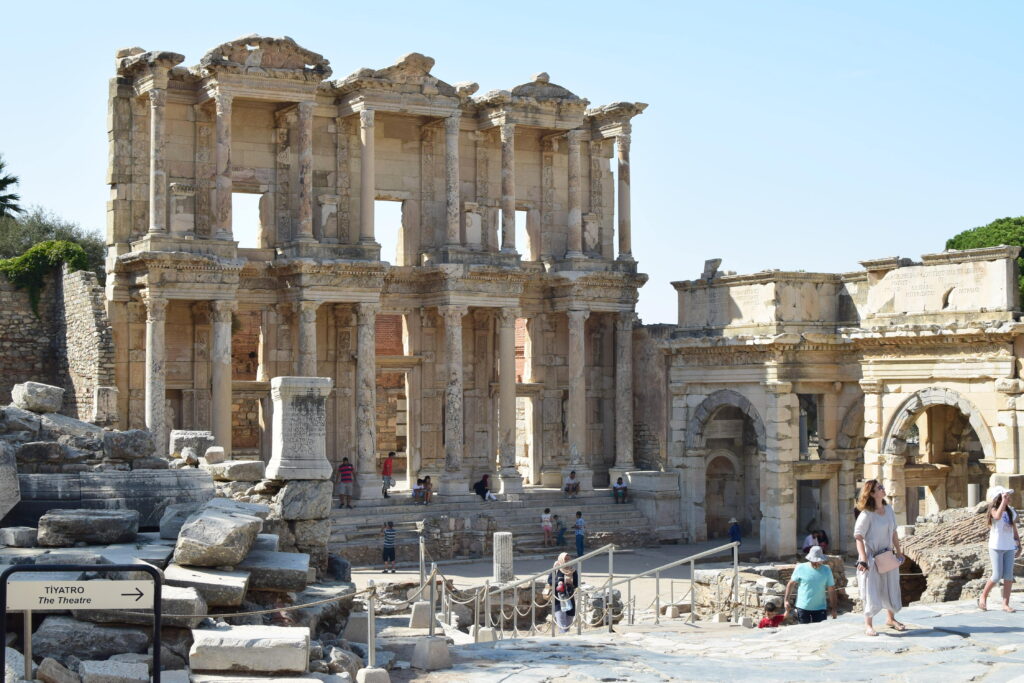
The library, its most spectacular standing structure. 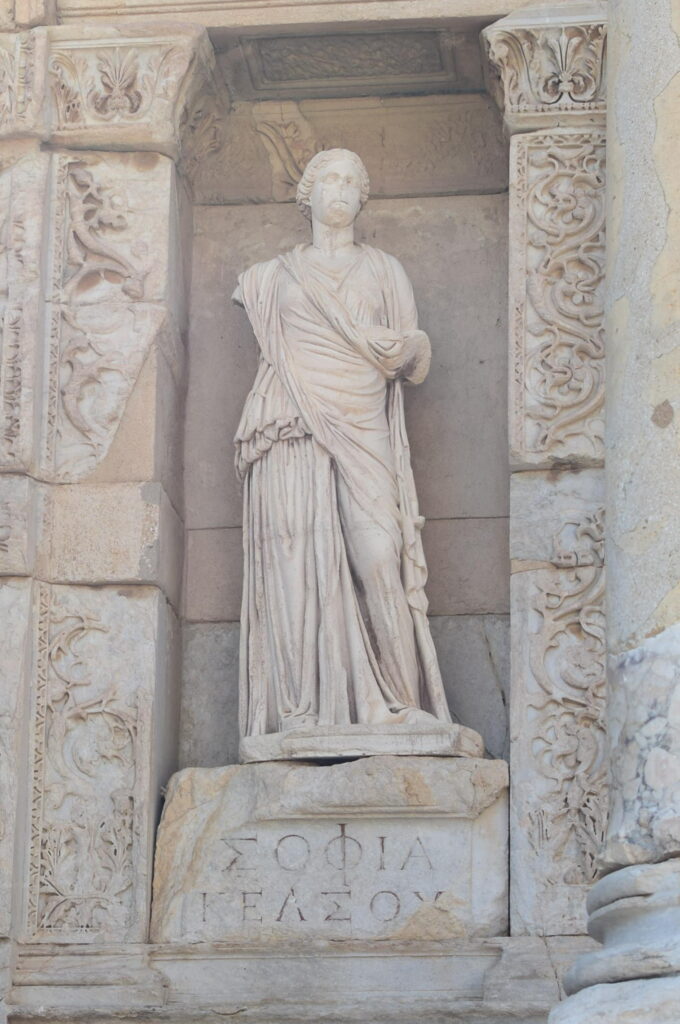
One of the 4 “Virtues” that adorn the front of the library. This one is Sophia (Wisdom). These statues are replicas. The originals are found in museums in London and Vienna. (See Vienna blog). 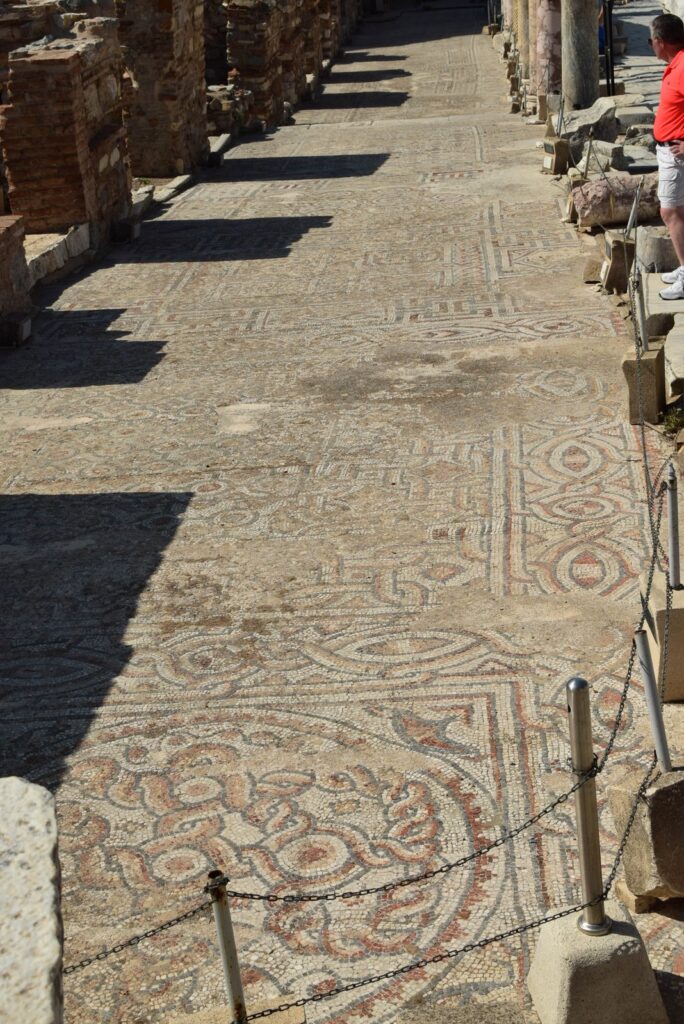
This 2000 year old mosaic tile still comes out in full color when wet! 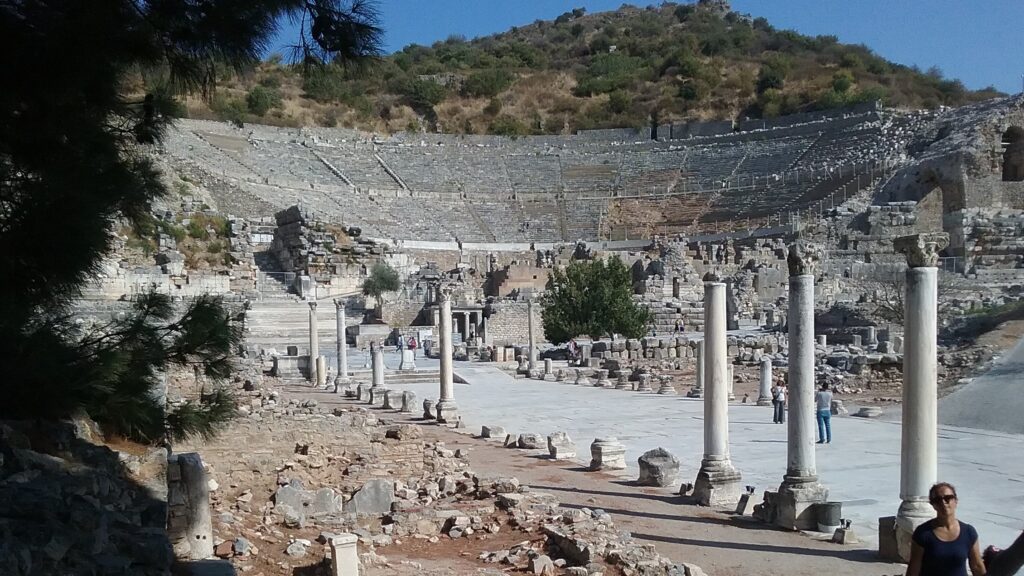
In the foreground is the Agora (marketplace) where Paul worked. The amphitheater is where the riot occurred as the shop owners began to panic that Christians were destroying the reputation of the goddess Diana (and also their livelihood). 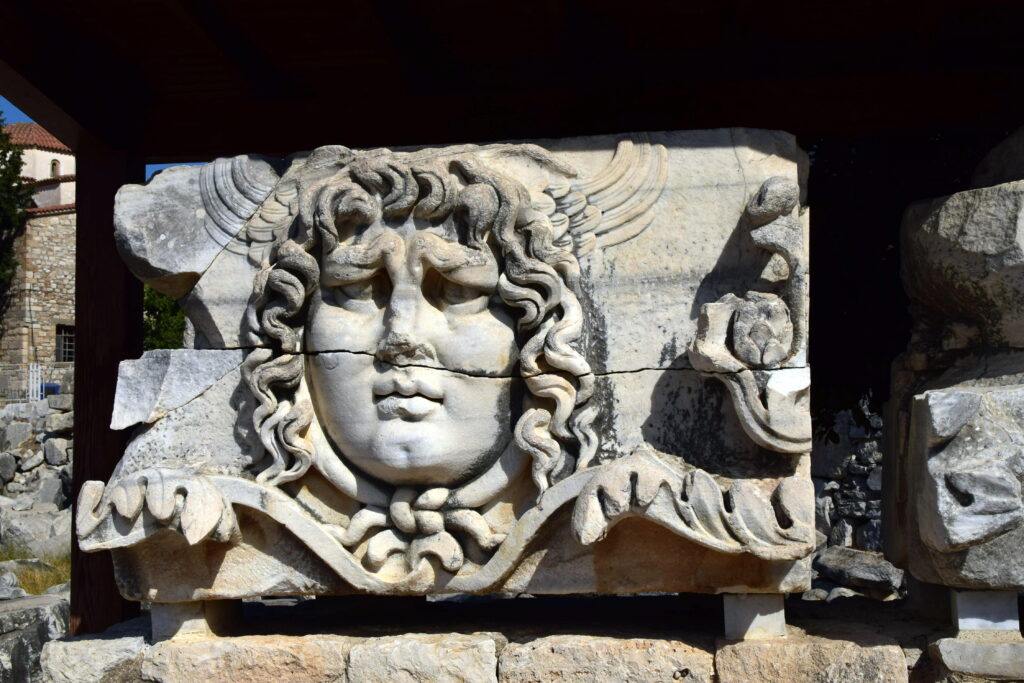
This is a statue of Medusa, located at Didymus, one of our other stops.